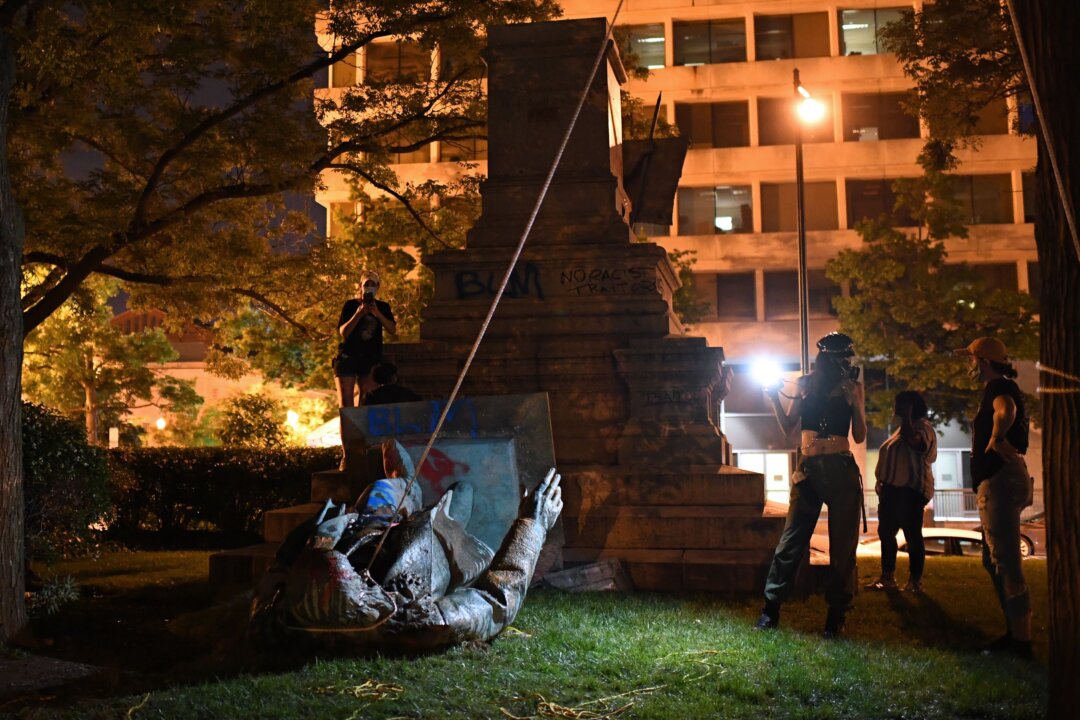The statue of Confederate General Albert Pike has been restored in Washington, D.C., following its removal during the protests in 2020 sparked by the death of George Floyd. The restoration took place on October 26, 2023, in Judiciary Square, where the statue has stood since it was erected in 1901 by the Scottish Rite Freemasons to honor Pike’s contributions to the organization.
The decision to reinstall the statue was made by the National Park Service, which had indicated in August its intention to replace the controversial monument. This action aligns with a series of executive orders from former President Donald Trump aimed at restoring historical monuments that have faced criticism due to their associations with the Confederacy and other contentious aspects of history.
In a statement, the National Park Service emphasized the importance of preserving what they termed “historically significant” monuments. The agency noted that the restoration of the Pike statue was part of a broader commitment to maintaining the integrity of historical sites across the country.
President Trump previously expressed strong disapproval of the statue’s removal, labeling it “a disgrace to our country.” He has consistently defended the presence of monuments honoring figures from history, stating that their removal constitutes an attempt to alter historical narratives. This perspective reflects a larger national debate surrounding the legacy of the Confederacy and the appropriateness of monuments commemorating its leaders.
The restoration of the Pike statue comes at a time when discussions about historical representation and public memory continue to evolve. While supporters argue that such monuments serve as reminders of the past, critics contend that they perpetuate a legacy of racism and division. The decision to reinstall the statue is likely to reignite discussions on these complex issues within the community and beyond.
As the statue is once again displayed in Judiciary Square, it symbolizes not just a tribute to a historical figure, but also the ongoing struggle to reconcile America’s past with its present values. The restoration aligns with the sentiments of those who advocate for preserving monuments, while simultaneously challenging the perspectives of those who seek to remove symbols they view as harmful.
The impact of this restoration will likely resonate in the broader discussions surrounding race, history, and national identity in the United States. As such, the decision represents more than a mere act of reinstatement; it embodies a significant moment in the dialogue about how societies remember and honor their histories.







